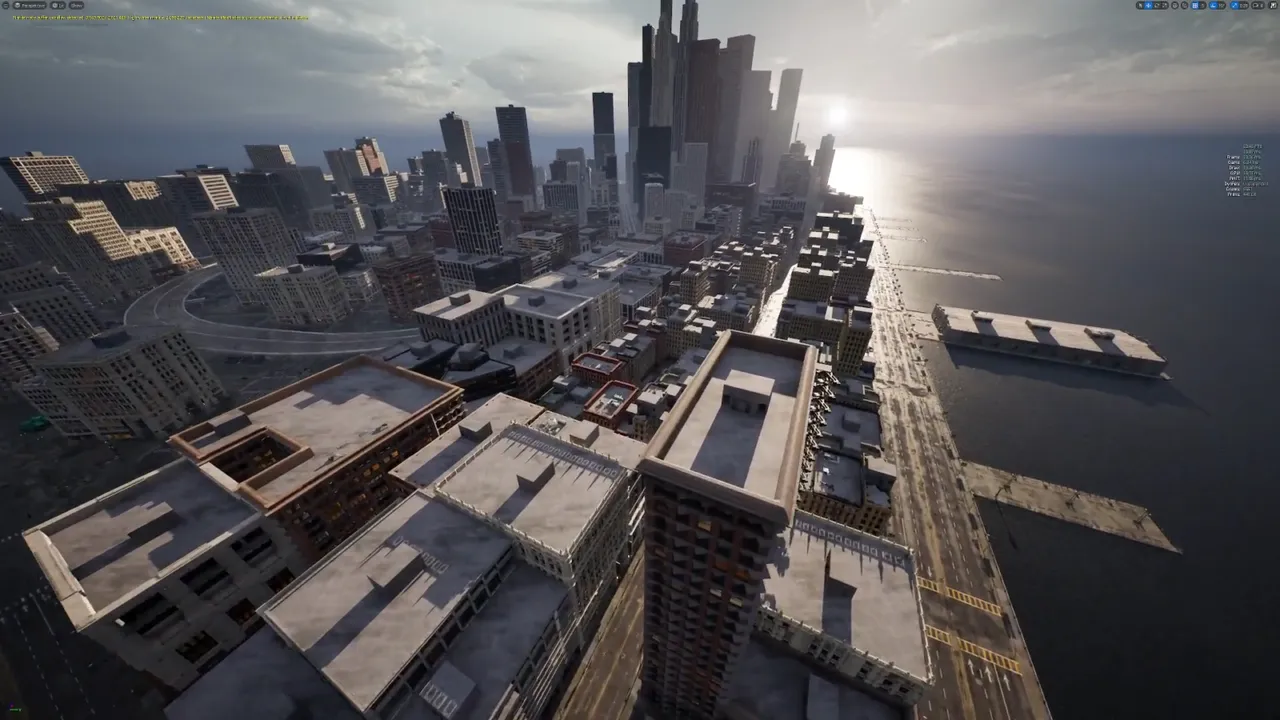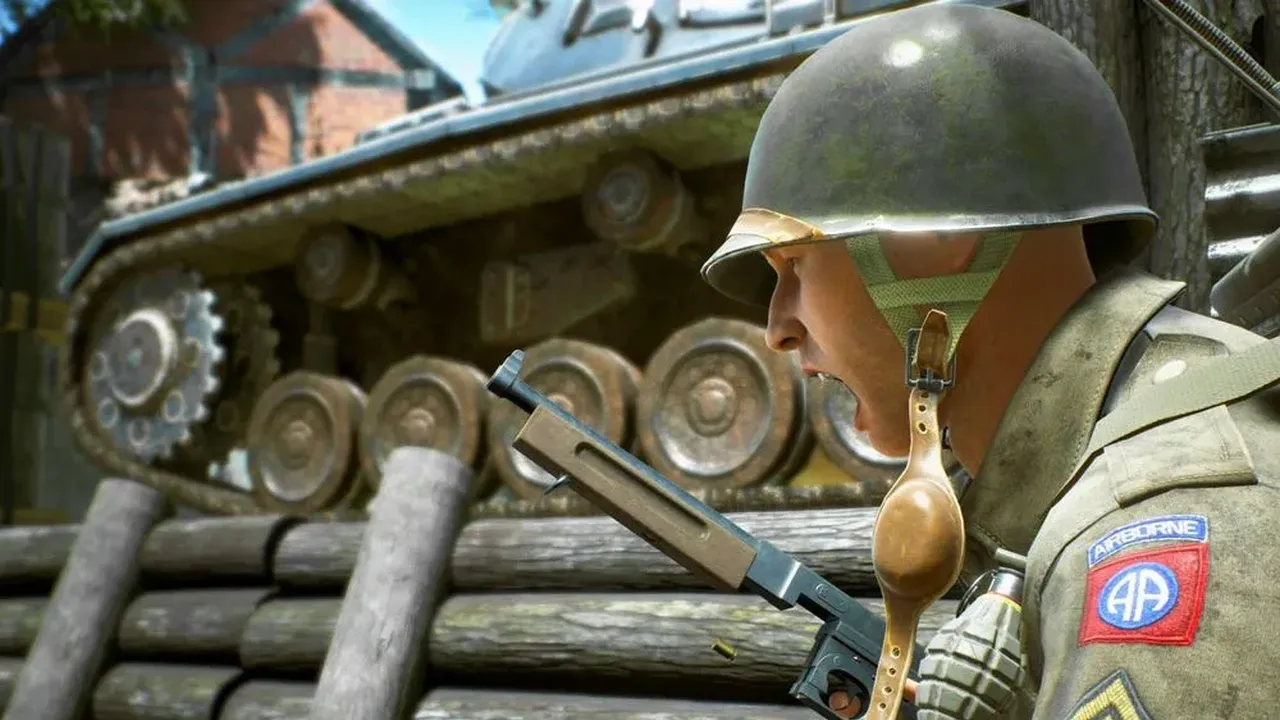Indie Developer Creates their Own Procedural Generation Script for Building Interiors in Unreal Engine 5

Micah Berninghausen, a talented indie game developer, has made their own innovative procedural generation script. Utilizing the power of Unreal Engine, Berninghausen's script fills each building in a small city with captivating interiors, including floors, columns, office tables, and functional stairs that span from the bottom to the roof. Remarkably, this achievement was accomplished without the use of High-Level Streaming or Level of Detail techniques, with all assets being loaded in real-time.
Berninghausen's work is an integral part of their upcoming game, Tear Up, a superhero destruction game that promises to be an immersive experience for players. The procedural generation script developed by Micah adds depth and realism to the game world by dynamically generating unique building interiors. This not only enhances gameplay but also significantly reduces development time by automating the creation of diverse and detailed interiors.
Excitement surrounding Berninghausen's achievement has reached notable industry figures, including Epic Games CEO and Founder, Tim Sweeney. Sweeney expressed his admiration, stating, "This looks amazing!" The endorsement from such a prominent figure highlights the significance of Berninghausen's work and the potential impact it may have on the game development community.
Berninghausen themselves shared their enthusiasm for the results, exclaiming, "We just tested filling every building with interiors at runtime! WOW!!! The Density and Culling from #Nanite Unreal Engine 5 is NUTS! The entire world is made of ISMs, no HLOD/level Streaming." This positive feedback serves as a testament to the remarkable capabilities of the procedural generation script developed by Berninghausen and solidifies their reputation as a trailblazer in the field of indie game development.

With the help of Berninghausen's innovative procedural generation script, the future of game development holds the promise of even more immersive and dynamic virtual worlds. The breakthrough achieved by this talented indie developer paves the way for new possibilities and may inspire other developers to explore the potential of procedural generation in their own projects.
Follow Micah's development here.
 2K
2K
 PlayStation
PlayStation
 thatgamecompany
thatgamecompany
 Larian Studios
Larian Studios
 Ubisoft
Ubisoft
 People Can Fly
People Can Fly
-
 Developers at DOOM studio id Software vote to unionise with CWA
Developers at DOOM studio id Software vote to unionise with CWA -
 Rockstar claims recent firings were for leaking confidential game information, union fires back
Rockstar claims recent firings were for leaking confidential game information, union fires back -
 Control Resonant, a sequel to Remedy's Control, announced for 2026
Control Resonant, a sequel to Remedy's Control, announced for 2026 -
 Star Wars: Fate of the Old Republic announced, directed by Knights of the Old Republic and Mass Effect's Casey Hudson
Star Wars: Fate of the Old Republic announced, directed by Knights of the Old Republic and Mass Effect's Casey Hudson -
 Tomb Raider: Legacy of Atlantis and Tomb Raider: Catalyst announced at The Game Awards
Tomb Raider: Legacy of Atlantis and Tomb Raider: Catalyst announced at The Game Awards -
 Clair Obscur: Expedition 33 sets new records at The Game Awards 2025, winning Game of the Year and more
Clair Obscur: Expedition 33 sets new records at The Game Awards 2025, winning Game of the Year and more -
 Helldivers 2 could be getting a rogue-lite mode, Arrowhead reveals
Helldivers 2 could be getting a rogue-lite mode, Arrowhead reveals -
 Tencent sells UK-based Battalion 1944 studio BULKHEAD to new consortium
Tencent sells UK-based Battalion 1944 studio BULKHEAD to new consortium -
 Recent Rockstar firings are "deeply concerning," says UK prime minister Keir Starmer
Recent Rockstar firings are "deeply concerning," says UK prime minister Keir Starmer -
 Call of Duty will no longer receive back-to-back Modern Warfare and Black Ops releases, Activision confirms
Call of Duty will no longer receive back-to-back Modern Warfare and Black Ops releases, Activision confirms -
 DOOM creator John Romero is working on a new Elden Ring-inspired game following previous project cancellation
DOOM creator John Romero is working on a new Elden Ring-inspired game following previous project cancellation -
 Skyrim: Anniversary Edition's Nintendo Switch 2 upgrade is now available
Skyrim: Anniversary Edition's Nintendo Switch 2 upgrade is now available